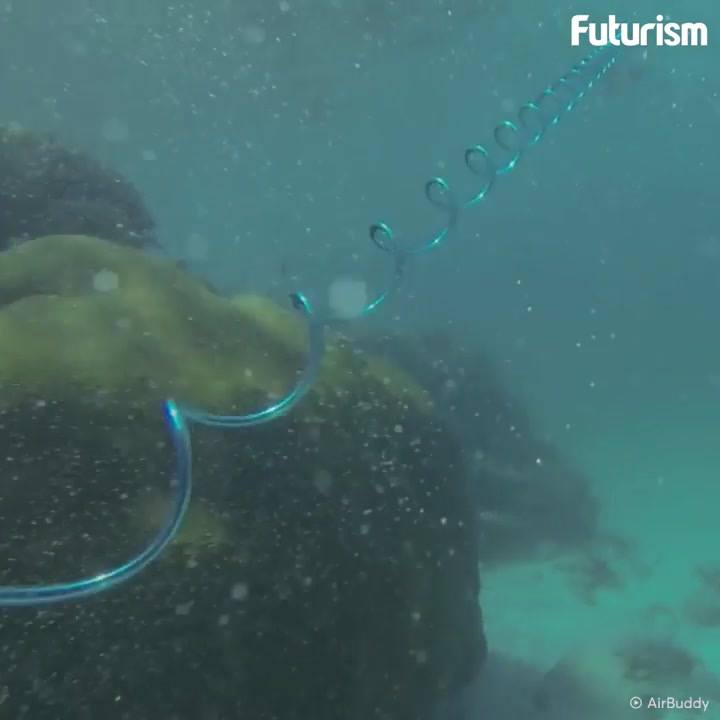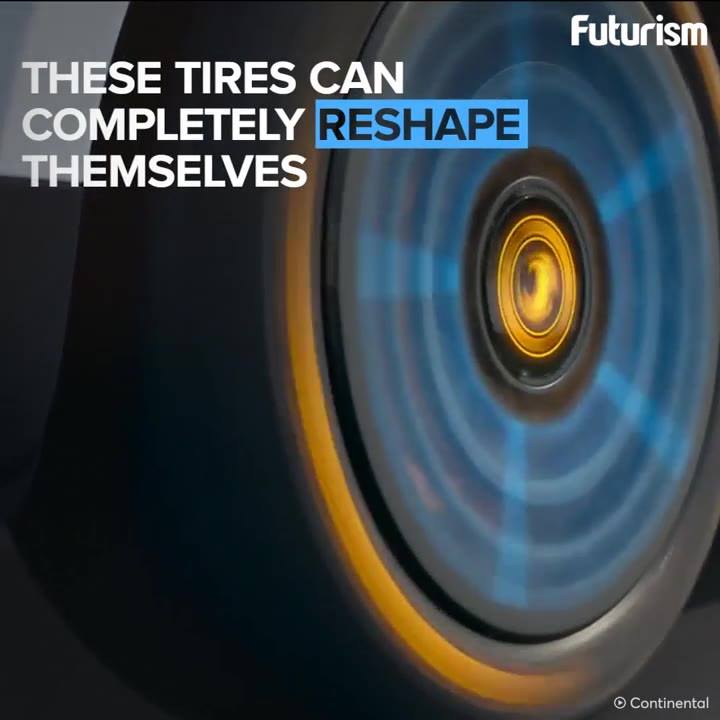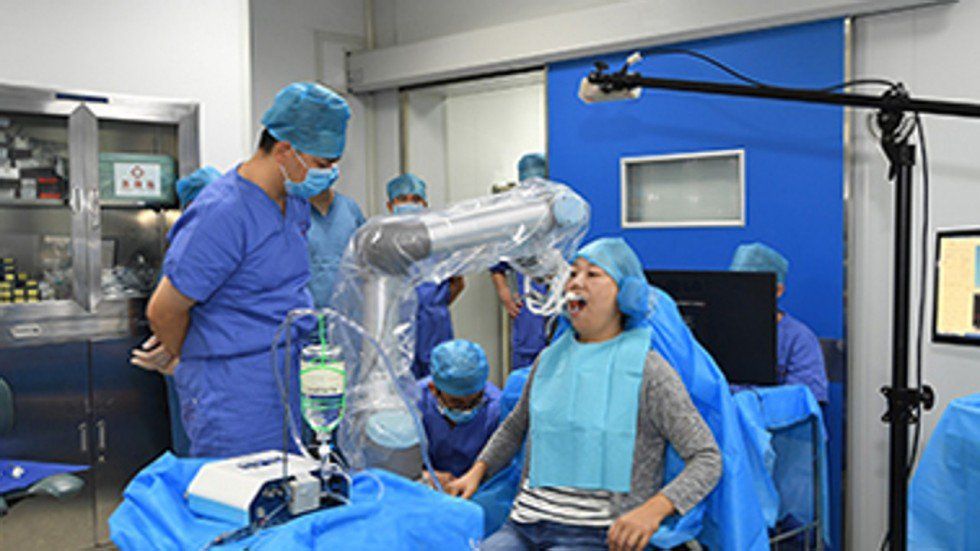Hormones or sexual experience? Which of these is crucial for the onset of puberty? It seems that when rats are touched on their genitals, their brain changes and puberty accelerates. In a new study publishing September 21 in the open access journal PLOS Biology researchers at the Bernstein Center, and Humboldt University, Berlin, led by Constanze Lenschow and Michael Brecht, report that sexual touch might have a bigger influence on puberty than previously thought.
It has been known for some time that social cues can either accelerate or delay puberty in mammals, but it hasn’t been clear which signals are crucial, nor how they affect the body and brain, and in particular the possible reorganization of the brain.
The researchers first observed that the neural representation of the genitals in the cerebral cortex expands during puberty. To begin with, the study confirms what was expected; that sexual hormones accelerate puberty and the growth of the so-called ‘genital cortex’. However, what’s new is that they find that sexual touch also contributes substantially to the acceleration of puberty.
You might not lie awake at night wondering whether you should be baking atop the shiny side or the dull side of aluminum foil, but just in case you are, we’re here to let you know that there is indeed an answer to this eternal mystery.
According to Reynold’s Kitchen, the difference in appearance between the two sides of aluminum foil is simply a result of manufacturing and serves no real purpose. Meaning, whether you are cooking your food with the shiny side up or the dull side up, you’re doing it right.
Caltech scientists have developed a “cargo sorting” DNA nanorobot programmed to autonomously “walk” around a surface, pick up certain molecules, and drop them off in designated locations.
The research is described in a paper in the Friday, September 15, 2017 issue of Science.
Open wide, because the robots have eyes on your dental work. South China Morning Post reports that a robo-dentist has autonomously implanted two new, 3D-printed teeth into a woman’s mouth.
The procedure, which appears to have made use of a robot arm from Universal Robotics, was developed by a team from the Fourth Military Medical University and Beihang University. The hardware first orients itself with the patient’s head, and is then programmed with the procedure it needs to undertake. It does a dry run to check that it’s got everything right, before the patient is given an anesthetic and the robot gets drilling. The team says that the robot works to tolerances of less than 0.3 millimeters, and can detect and compensate for movements of the person’s head.
Don’t fancy the idea? Well, bear in mind that it’s hoped the robot will be able to make up for a shortfall in the number of practicing dentists in China, which often leads to unqualified practitioners performing questionable procedures.
New technology enables thought to be translated into audible words with surprising accuracy by reading user’s brainwaves. The developers say they might be able to get the device to work with smartphones via an app in just five years.
A new system developed by a team of researchers from Japan’s Toyohashi University of Technology can read people’s minds using brainwaves.
Michio Kaku and Gregory Scott discuss different aspects of genetic engineering in the video below. According to Kaku and Scott, parents will soon have different genetic engineering choices to make about their children. In addition, recent discoveries by Yue Shao have yielded a new classification of parentless synthetic human embryos.
With Yue Shao’s discovery, genetic engineers might be learning to grow synthetic human embryos from anonymous stem cells donated from IVF clinics. How far this genetic engineering technology goes remains to be seen.
Michio Kaku and Gregory Scott speak about the ethical concerns of genetic engineering in the Michio Kaku video below beginning at the 29-minute mark. However, Yue Shao’s statements to MIT about the accidental discovery of how to engineer synthetic human embryos out of stem cells raises more ethical concerns.









